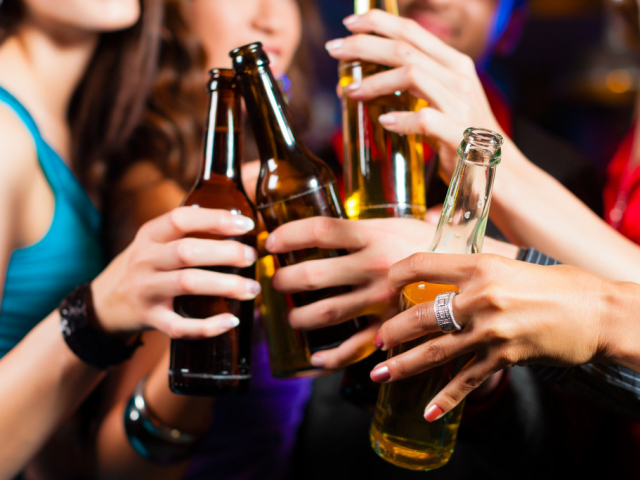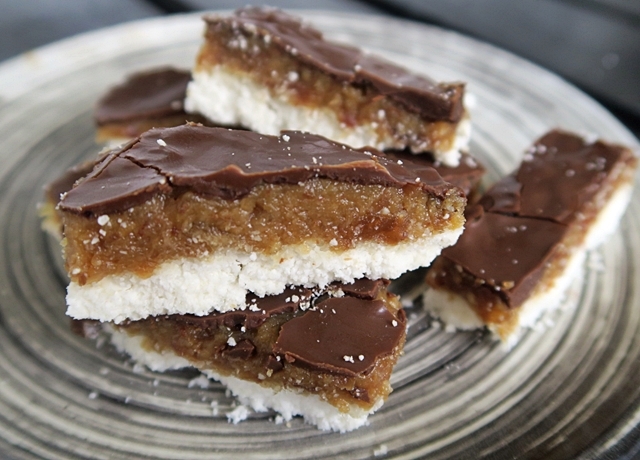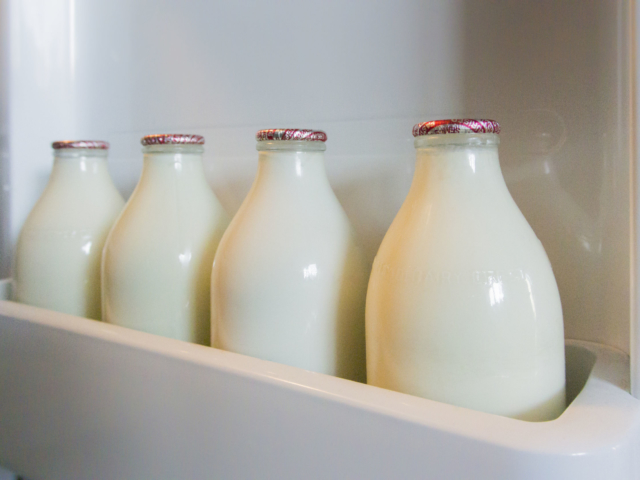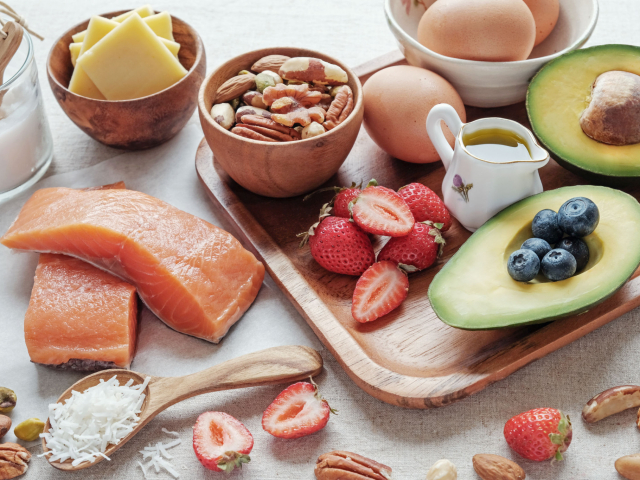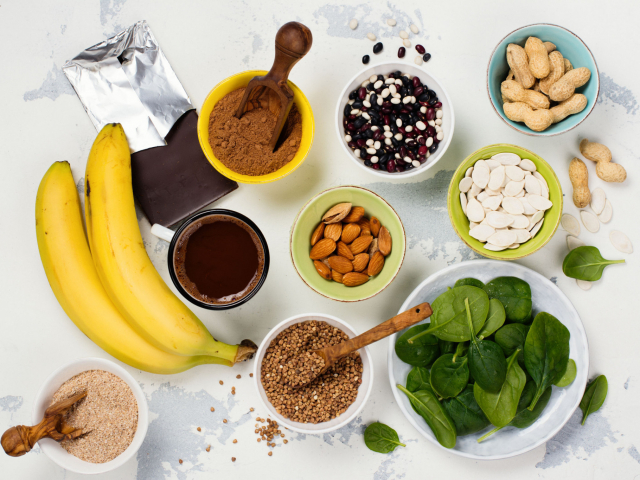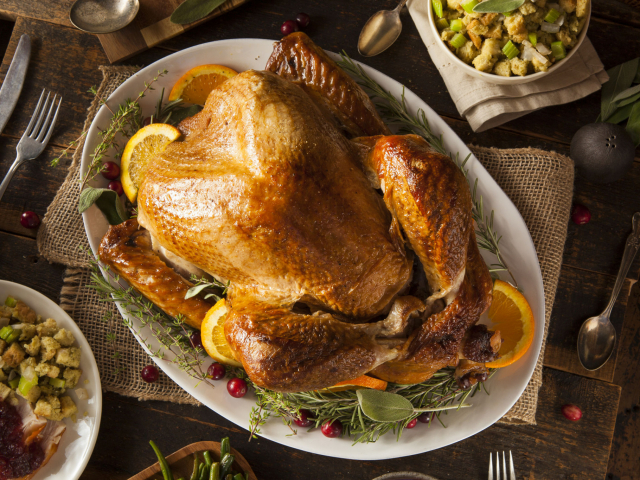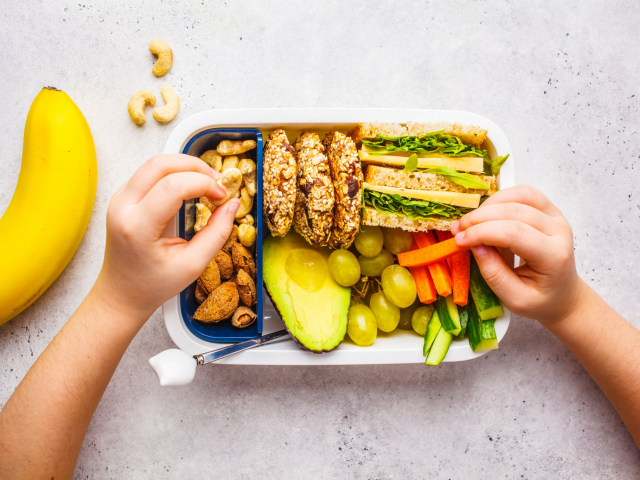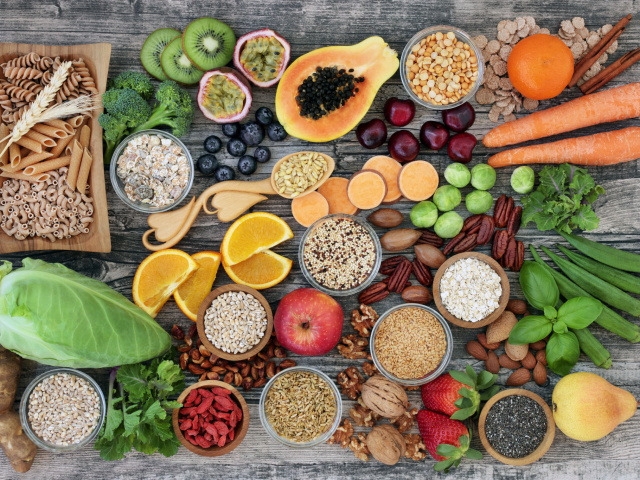
Még mindig nem tudunk mindent a táplálkozásról
Graeme Tomlinson posztjaival rengeteg, az egészséges étkezéssel kapcsolatos mítoszt és tévhitet söpör el. Azon a véleményen van, hogy az emberek akkor is fogyhatnak és építhetnek izmot, ha nem követnek egy szigorú diétát. Emellett kiemeli, hogy a táplálkozás valóban nem egy egyszerű téma, ezért sokan teljesen belezavarodnak a rengeteg információba. Pont ezért igyekszik Tomlinson követőit posztjaival okítani.
Gyermekkorától kezdve vonzotta a mozgás, félprofi kriket játékos volt. Ma már 5 éve annak, hogy hivatásos személyi edző és táplálkozási tanácsadó vált belőle. „A legnagyobb probléma, hogy amikor az emberek formába akarnak kerülni, rengeteg hamis tanácsot kapnak.” Szerinte érdemes a bizonyított információknak hinni. Egyébként ez a mottója is.
Imádunk végig böngészni az Instagram-oldalán. Érdemes az itt megmutatottakon felül a többi posztját is megnézni, elolvasni a magyarázatot, és okulni belőle.
A post shared by ?????????Graeme Tomlinson (@thefitnesschef_) on
A post shared by ?????????Graeme Tomlinson (@thefitnesschef_) on
A post shared by ?????????Graeme Tomlinson (@thefitnesschef_) on
A post shared by ?????????Graeme Tomlinson (@thefitnesschef_) on
A post shared by ?????????Graeme Tomlinson (@thefitnesschef_) on
A post shared by ?????????Graeme Tomlinson (@thefitnesschef_) on
A post shared by ?????????Graeme Tomlinson (@thefitnesschef_) on
A post shared by ?????????Graeme Tomlinson (@thefitnesschef_) on
A post shared by ?????????Graeme Tomlinson (@thefitnesschef_) on
A post shared by ?????????Graeme Tomlinson (@thefitnesschef_) on
A post shared by ?????????Graeme Tomlinson (@thefitnesschef_) on
A post shared by ?????????Graeme Tomlinson (@thefitnesschef_) on
via: Bored Panda















